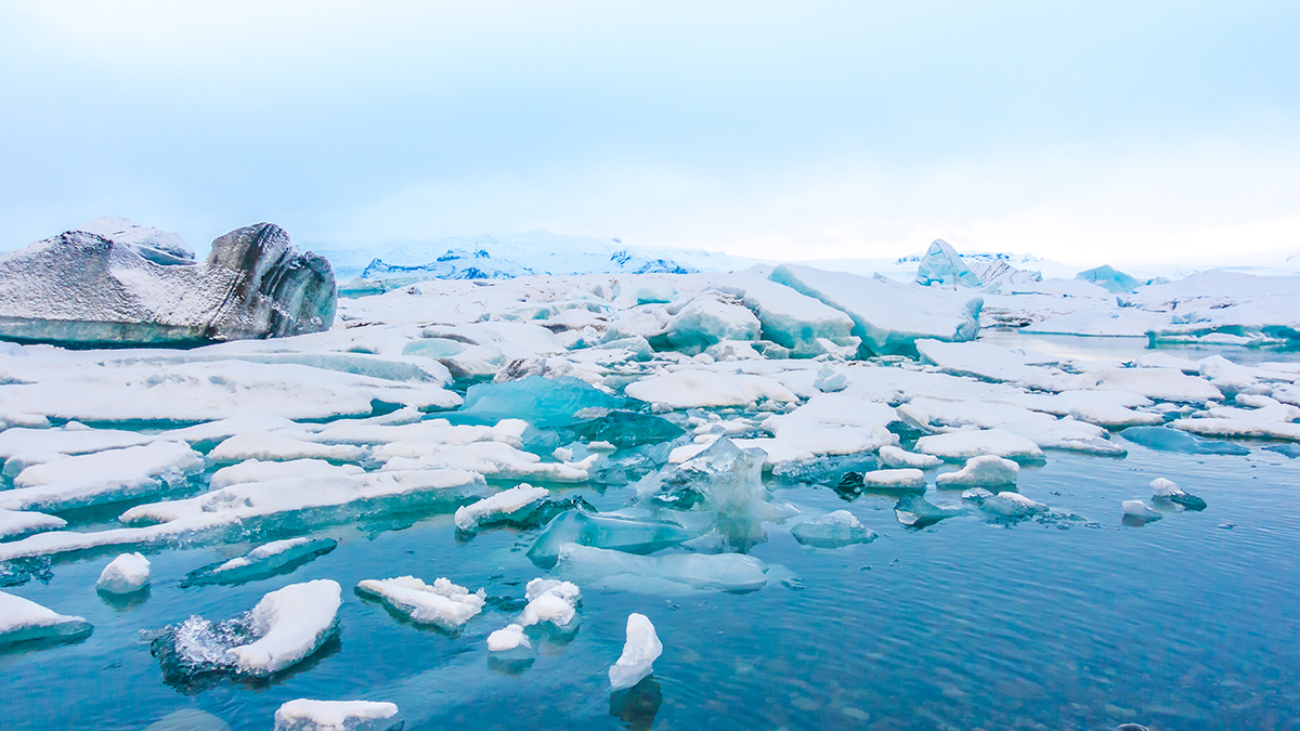14 December 2009: We hear about this one regularly, usually referencing some kind of trend, a comparison to an average over some period of time, or a reference to the current year being the xth lowest. The difficulty with on-going predictions of an “ice-free Arctic” is that, in fact, the extent of Arctic sea ice hit a low in 2007. That’s two years ago! As of this writing (12/14/09) Arctic sea ice extent is nearly 11.5 million sq km, up more than 100% from the summer low of 5.25 million sq km. There really is no trend in these recent data from year to year. Here are a few considerations to keep in mind…
- We only have satellite records since about 1979. That’s 30 years, not even half the current US life expectancy. So, those comments about any given year’s ice extent being among the three or four lowest “ever,” might make one think how short “ever” really is. Thirty years isn’t even a blip in geological timescales. It’s impossible to gauge — with real accuracy and reliability — the values for ice extent for the last relatively warm period, the 1930s and 1940s, much less any time prior to the Industrial Revolution. Various satellites and instruments have been used, so we cannot directly compare data from on to another.
- Satellite measurements tell us nothing about the cause of warming. If warming now is predominately natural, for instance, sea ice would be decreasing anyway, just as it would be if the recent warming were due to some combination of anthropogenic (“man-made”) and natural factors. Thus, analysis is very hard and relies on very limited data. It becomes essentially impossible to rule out natural factors for Arctic sea ice extent variations.
- Averages are statistical constructs from a range of data points. Averages, by their very nature, require that some measurements be above the it, while others are below it.
- Predictions from limited data must be viewed with caution. Because we have nothing to compare against for other warm periods, regardless of which was warmer, we have only assumptions on which to base predictions. It would be somewhat akin to predicting when and how much rain will fall each week next spring based on yesterday’s snowfall, or lack thereof.
- Like all other parts of the world, the Arctic has seasons. This includes “summer” when ice melts. By mid-September, Arctic sea ice has typically reached its minimum for the year and begins to quickly rebuild to a typical March peak. If, for example, we look at just recent years of AMSR-E satellite data (2003-present), which provides a consistent measurement base, it’s easy to see that:
Arctic ice extent runs an average winter peak of 14.3 million square kilometers (sq km).
The average summer low is 5.3 million sq km.
Here are the values for Arctic Ice Extent since 2003 (all in million sq km):
Year
Winter
Summer
2003
14.8
6.03
2004
14.3
5.78
2005
14.1
5.32
2006
13.8
5.78
2007
13.9
4.25
2008
14.5
4.71
2009
14.4
5.25
Notes:
Arctic sea ice extent has reached 11.3 million square kilometers and is still GROWING in 2009!
The winter peaks for 2008 and 2009 were among the HIGHEST in the period since 2003.
Arctic sea ice has NOT been in a continuous downward trend since even 2003, and since 2007 we’ve trended up. Statistics show there is little variation in the record.
Precise sea ice records against which to compare are very limited, and even in that period we have multiple instruments, each measures sea ice a little differently, and overlaps in the records between instruments is also limited. Data from one instrument cannot be directly compared to that from others.
